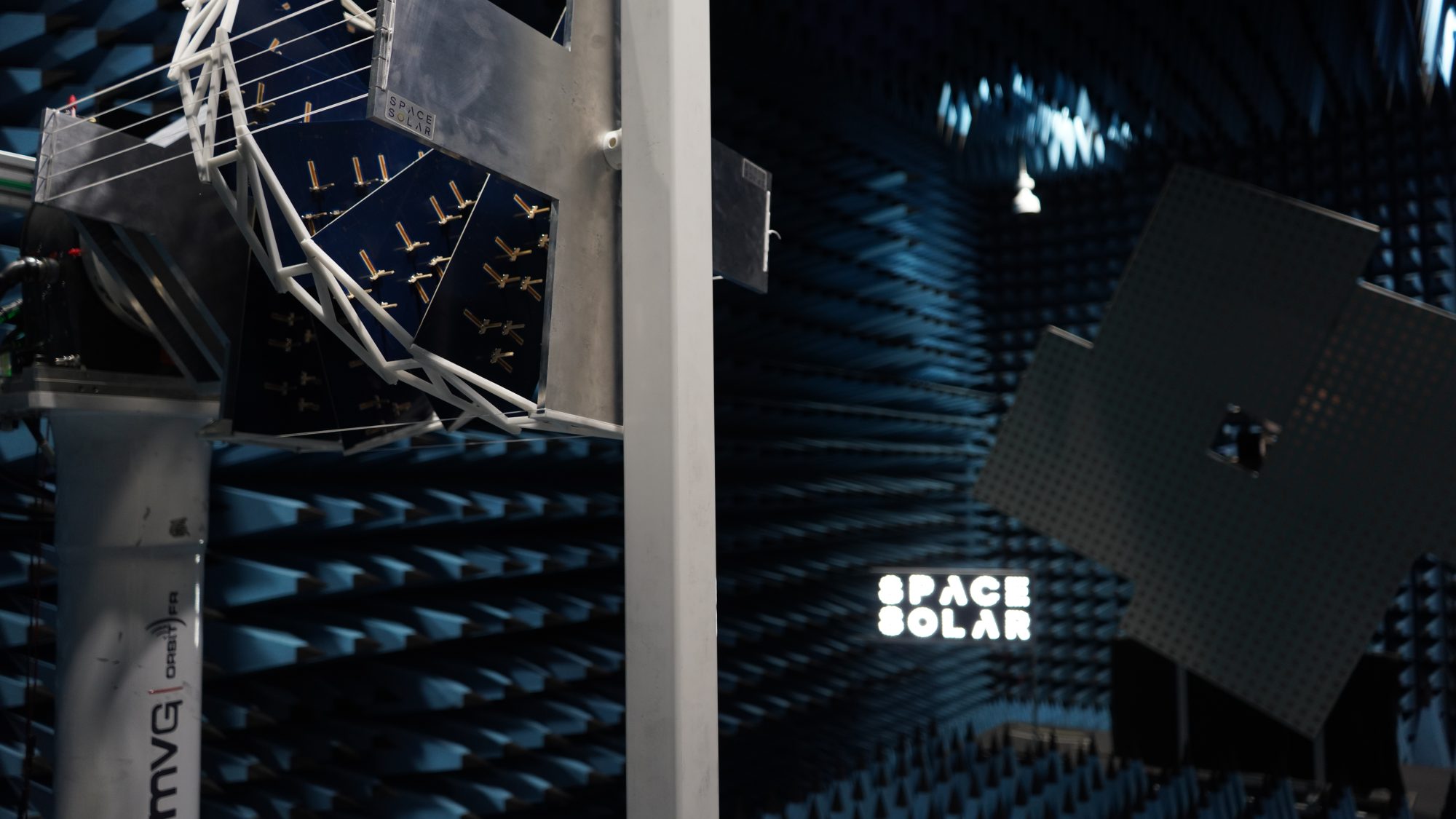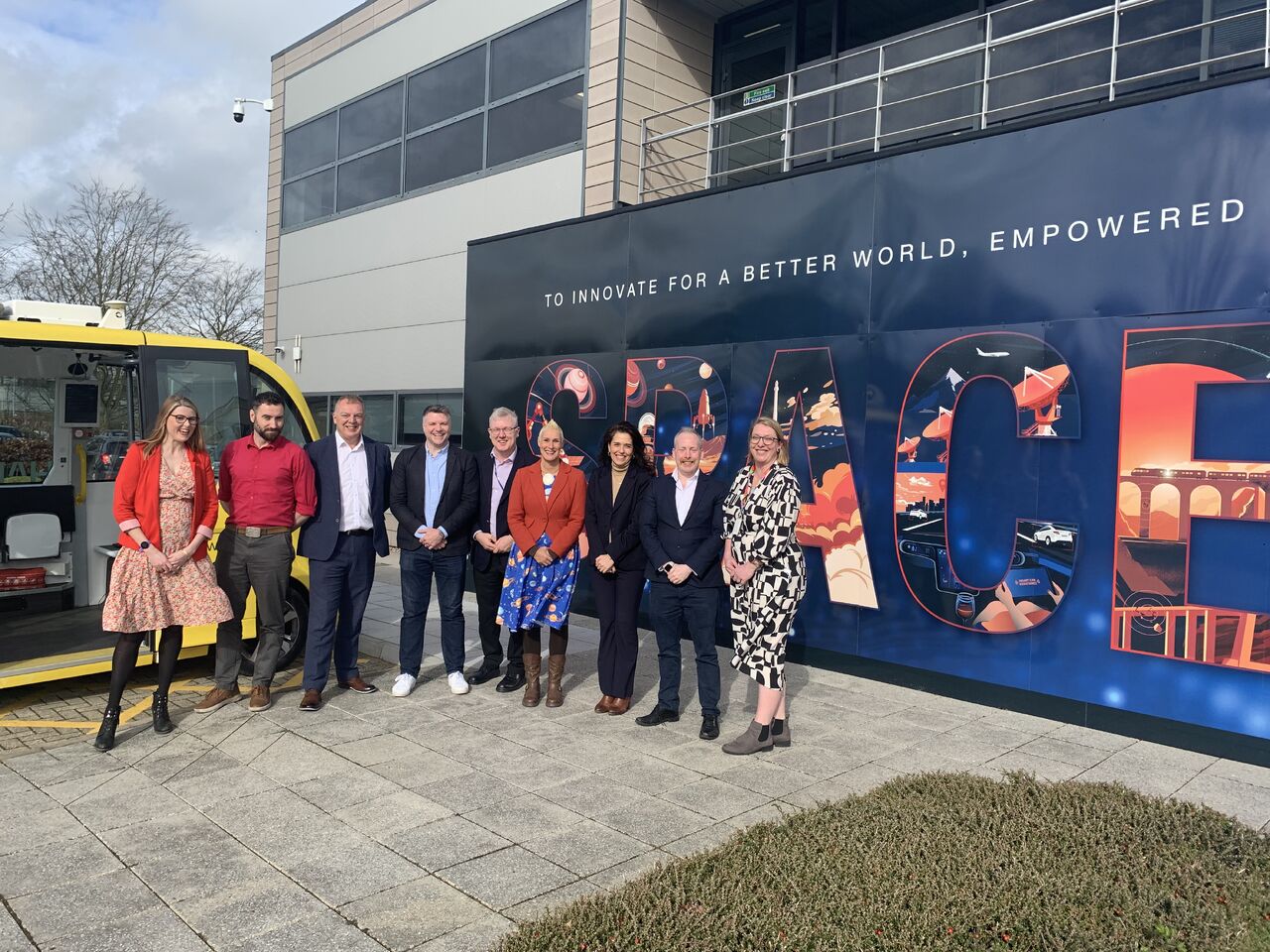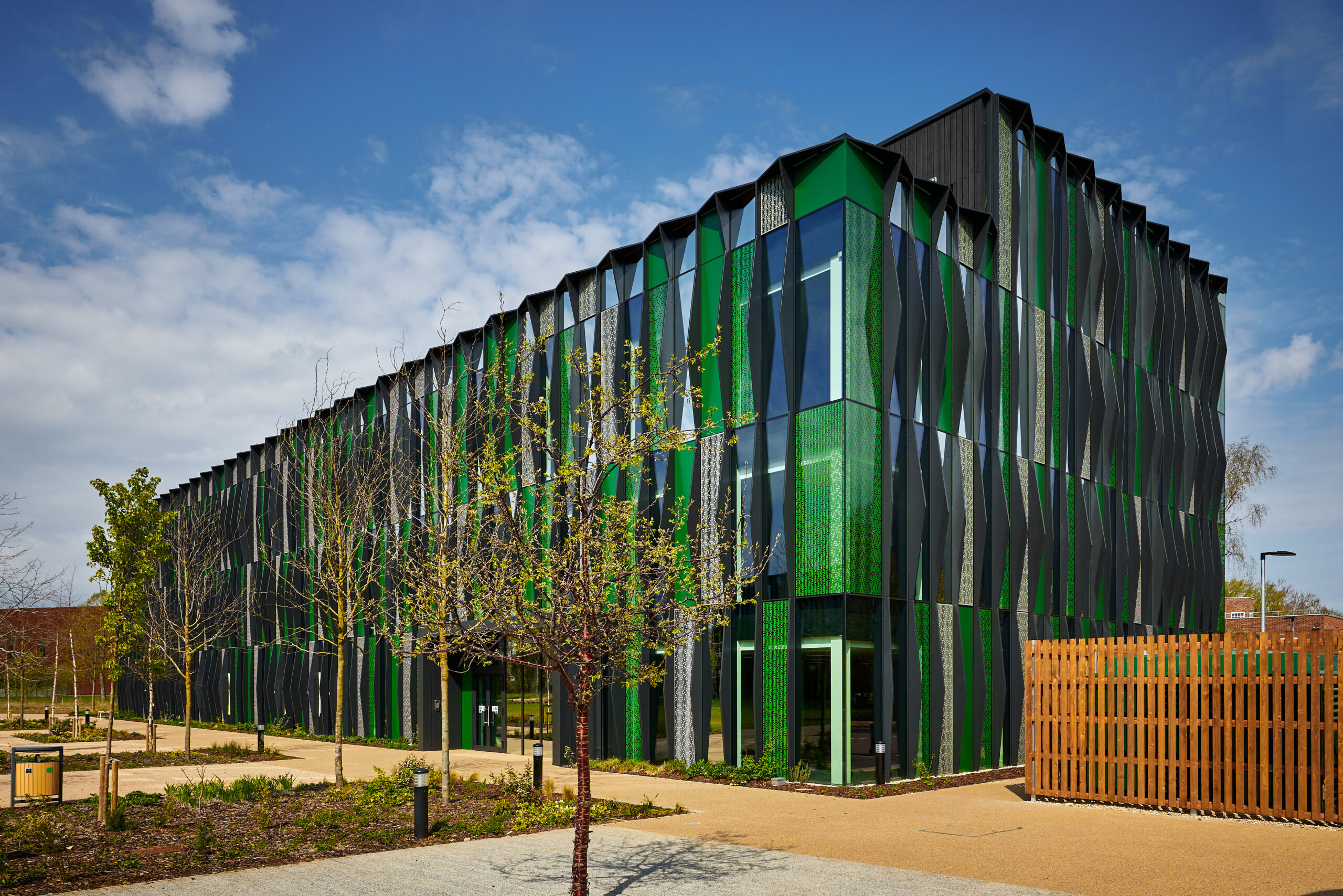
The fuel behind scientific discovery – Quantum Detectors’ story
For a business specialising in electron microscopy and synchrotron science – which harnesses X-rays 10 billion times brighter than the sun – being based near the UK’s synchrotron is crucial.
But for Quantum Detectors, an environment that’s inspiring for its team is just as important in enabling the company to deliver precision products for a global market in scientific research.
Quantum Detectors was established in 2007 as a spin-out business from the world’s first open access synchrotron, predecessor to Diamond Light Source, where up to 32 different beamlines can be harnessed for use in a wide range of scientific research, from drug discovery to materials development.
Quantum Detectors specialises in imaging products to enable scientists to gather the data generated by working with the synchrotron and electron microscopes – a number of which are also based at Harwell Campus, where the company relocated in 2009.
In the beginning
CEO Roger Goldsbrough was Quantum Detectors first employee, recruited to commercialise technology developed while working with the first synchrotron at the Science and Technology Facilities Council’s Daresbury Laboratory, Cheshire.
Since then, he has seen the business grow to £4 million in revenue, employing a team of 34 staff, as well as leading successful investment rounds to generate £1.9 million cash.
The company’s products can now be found at transmission electron microscopy (TEM) and synchrotron radiation facilities globally, although a number of its customers are co-located at Harwell.
He said: “Our mission is to democritise cutting edge detector technologies and the skills to use them. Access to the best detection technology should be the fuel behind scientific discovery not a barrier.”
Collaboration is key
After the original Cheshire-based synchrotron closed in 2008, Quantum Detectors relocated to Oxfordshire to be co-located with the UK’s new synchrotron at Harwell Campus, operated by Diamond Light Source. While close proximity to the giant microscope was crucial, it’s partnerships with other Harwell-based organisations that have driven growth.
Alongside Diamond Light Source, Roger counts partnerships with the Rosalind Franklin Institute and the Science and Technology Facilities Council (STFC) as key drivers in research and product development.
Its Xspress and MerlinEM products are flagship innovations in x-ray and electron detection, and are installed at hundreds of scientific research sites across the world.
“This business wouldn’t exist if it wasn’t for our collaboration with our partners. We have two key products that are the cornerstone of our portfolio, and another in development,” said Roger.
“We are really excited to be working with the Rosalind Franklin Institute, with technology developed by STFC. These core products are incredibly important for the company’s past and future as we see it.”
Inspiring surroundings
For a high-growth SME, an attractive location goes hand-in-hand with being close to the research community that drives its innovation. Since the Covid-19 pandemic, staff are now back at the office three days per week, and enjoy the offer at Harwell Campus.
Roger said: “It’s a great environment for a growing business. Much as it’s critical to have a base here, we wouldn’t have the whole company here if it wasn’t such a great place to be.
“The Harwell team put a lot of effort into making this campus a place that people want to be and want to spend time. It makes a lot of difference at a time when businesses are keen to bring their staff back to the office.”
Factbox:
Date founded: 2007
Spun out from: UKRI’s Science & Technology Facilities Council (STFC) and Diamond Light Source
Mission: Making cutting-edge technology accessible to the global science community
Speciality: Electron imaging and detection
£4 million revenue
£1.9 million cash raised
34 employees
37% Compound Annual Growth Rate (CAGR) over the past 6 years


